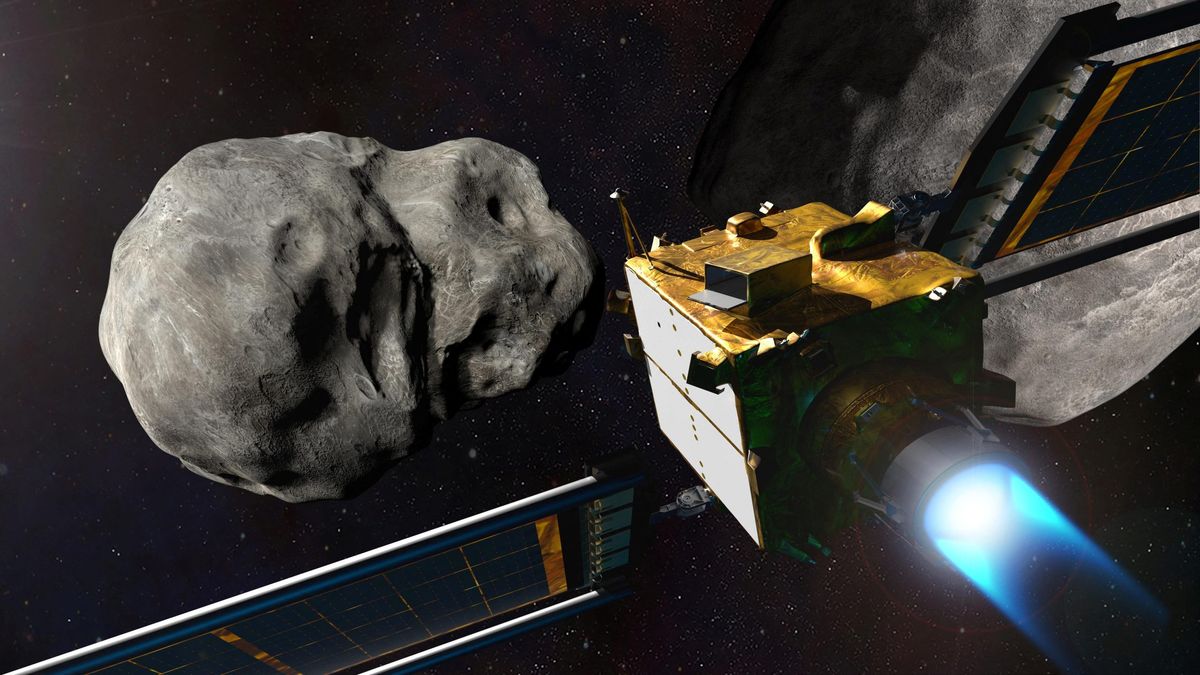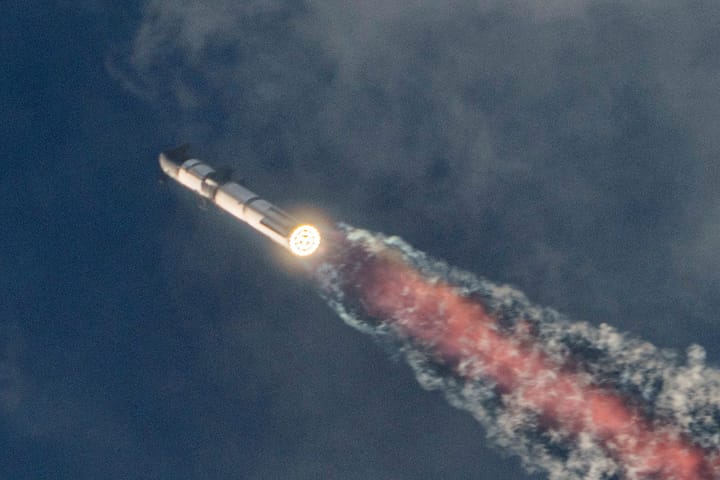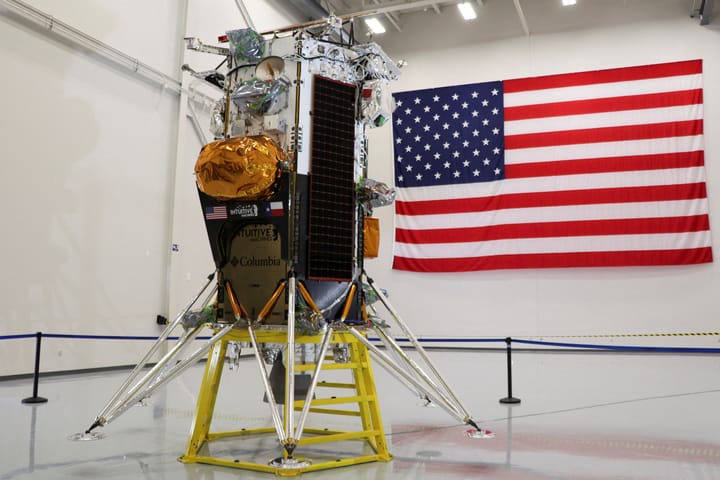NASA flew a spacecraft into a rock, and it was a smashing success!

A few minutes every morning is all you need.
Stay up to date on the world's Headlines and Human Stories. It's fun, it's factual, it's fluff-free.
A couple of weeks ago, NASA smashed a spacecraft into an asteroid. In fairness, they were aiming for it and trying to figure out how much they’d be able to divert an asteroid if it were headed towards Earth. (And hopefully, we can all agree that avoiding asteroid strikes on Earth is a good plan.)
Well, good news – the DART mission was a smashing success! After flying a refrigerator-sized spacecraft into the space rock, it altered the asteroid’s course 25 times more than NASA wanted to call the mission a win. And the asteroid wasn’t small either – it’s more than 160 meters long, somewhere between the Statue of Liberty and the Eiffel Tower in height.
Scientists say this is good news, but it isn’t enough to rest on our laurels about future asteroids. See, they come in all sorts of shapes and sizes and different materials. But, even if we can’t generalize these results, they say it’s a good starting point for understanding how we can better defend the Earth.
Key comments:
“All of us have a responsibility to protect our home planet. After all, it’s the only one we have," said NASA Administrator Bill Nelson. “This mission shows that NASA is trying to be ready for whatever the universe throws at us. NASA has proven we are serious as a defender of the planet. This is a watershed moment for planetary defense and all of humanity, demonstrating commitment from NASA’s exceptional team and partners from around the world."
“We should not be too eager to say one test on one asteroid tells us exactly how every other asteroid would behave in a similar situation," said Dr. Tom Statler, the program scientist for the mission. “But what we can do is use this test as an anchor point for our physics calculations in our simulations that tell us how different kinds of impacts in different situations should behave."




Comments ()